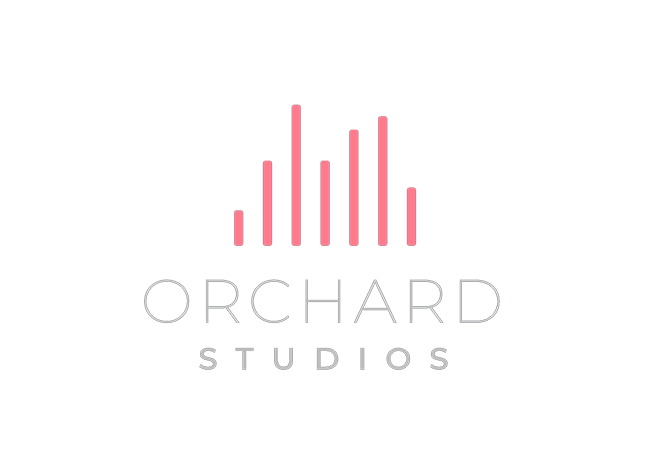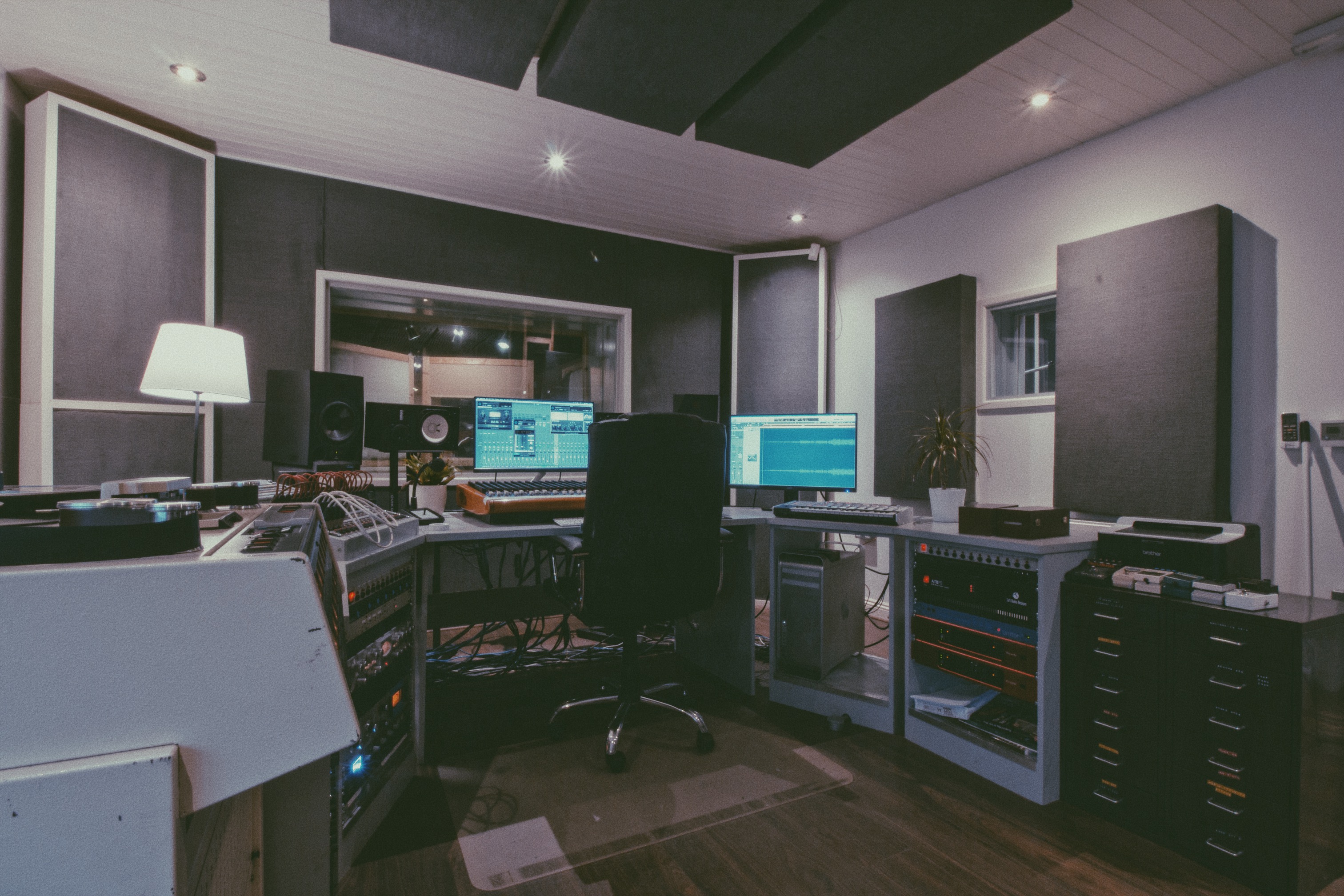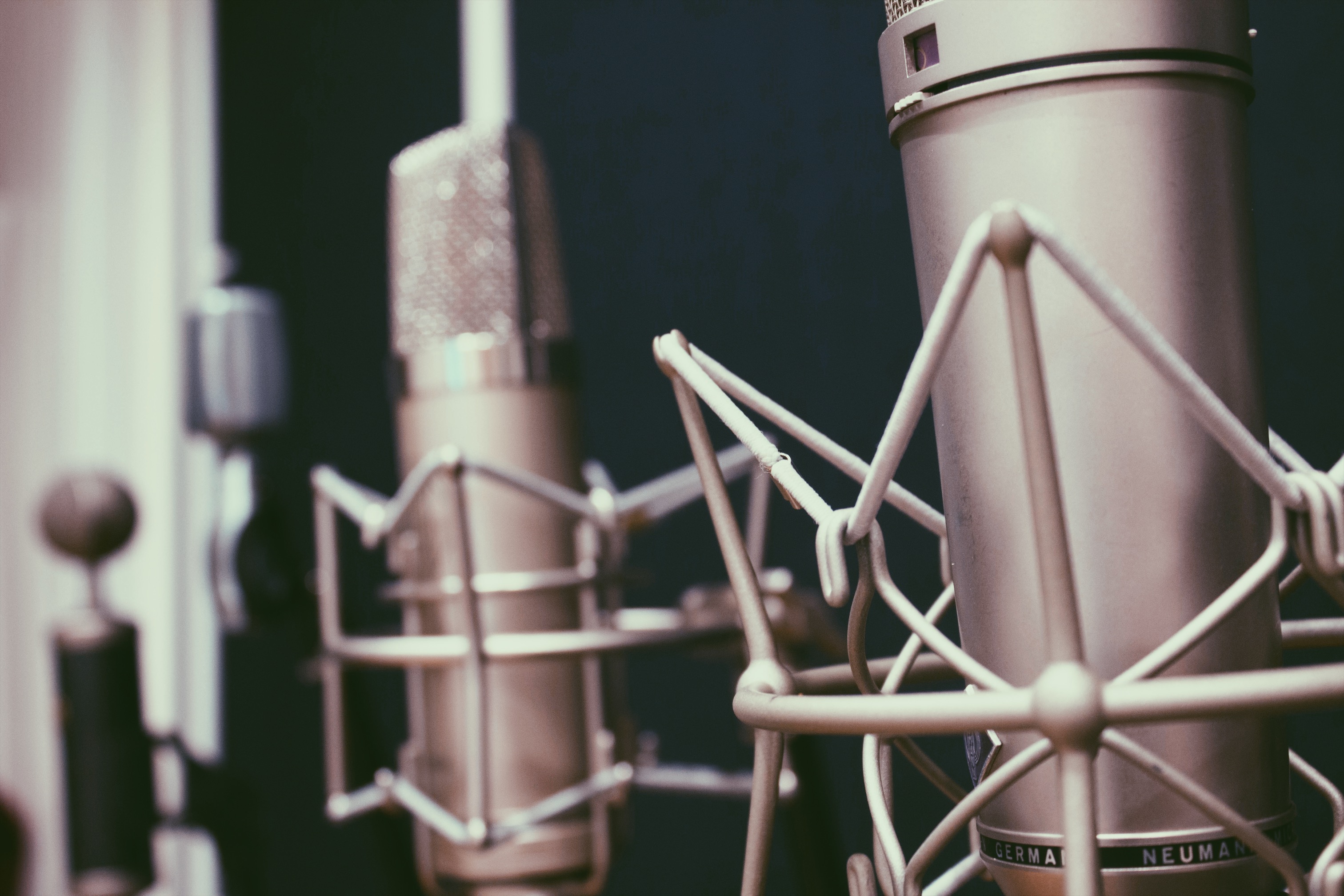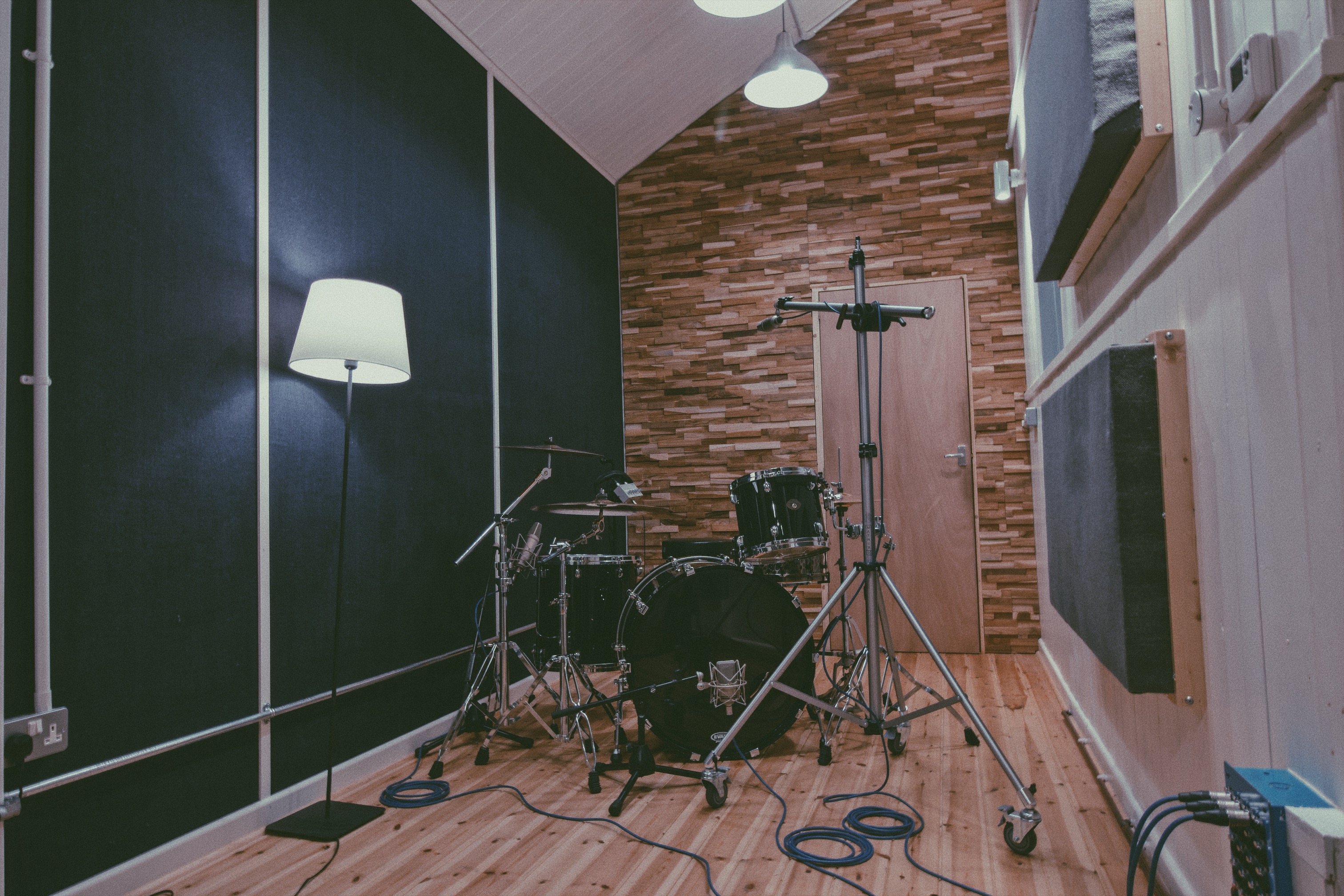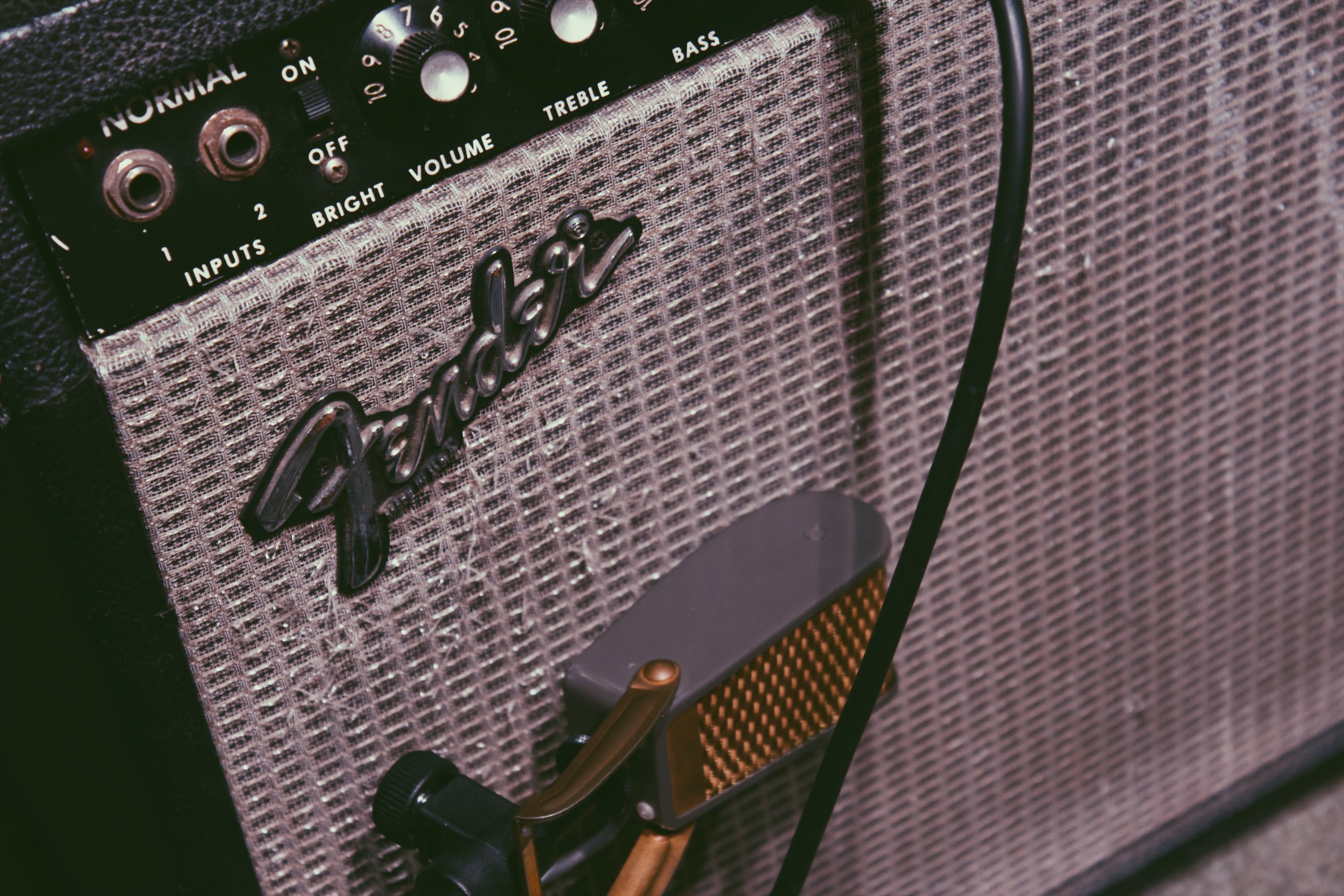THE STUDIO
The main studio is comprised of a large control room and two contrasting live spaces.
In the control room you will find a mixture of analogue and digital technology. We have Logic, ProTools and Reaper as DAWs available to use, or projects can be conducted completely ‘out of the box’, through use of our analogue console, 2″ tape machine and numerous outboard compressors, preamps and effects. Our full gear list can be found here.
The two live spaces consist of a high ceilinged drum space which is attached onto our lovely 'wood' room. The other space is a 'deader' and more acoustically controllable space which houses our piano and organ. The studio also has an isolation booth.
We have a wide collection of microphones, instruments and amplification from all manner of vintages, have a look at our gear list if you'd like to find out more.
The studio also benefits from a fully equipped kitchen, beautiful surroundings, and two fantastic pubs within walking distance!
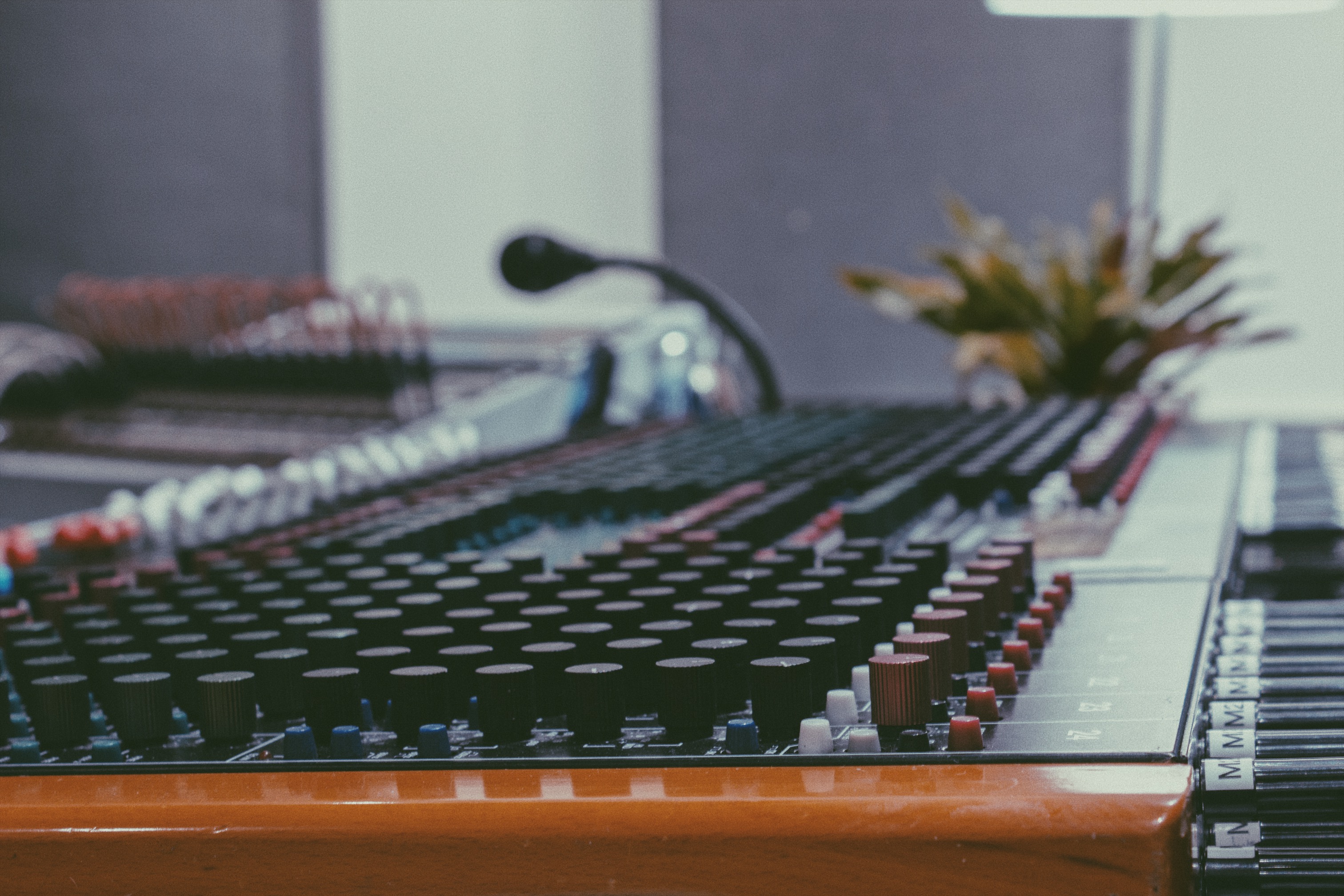
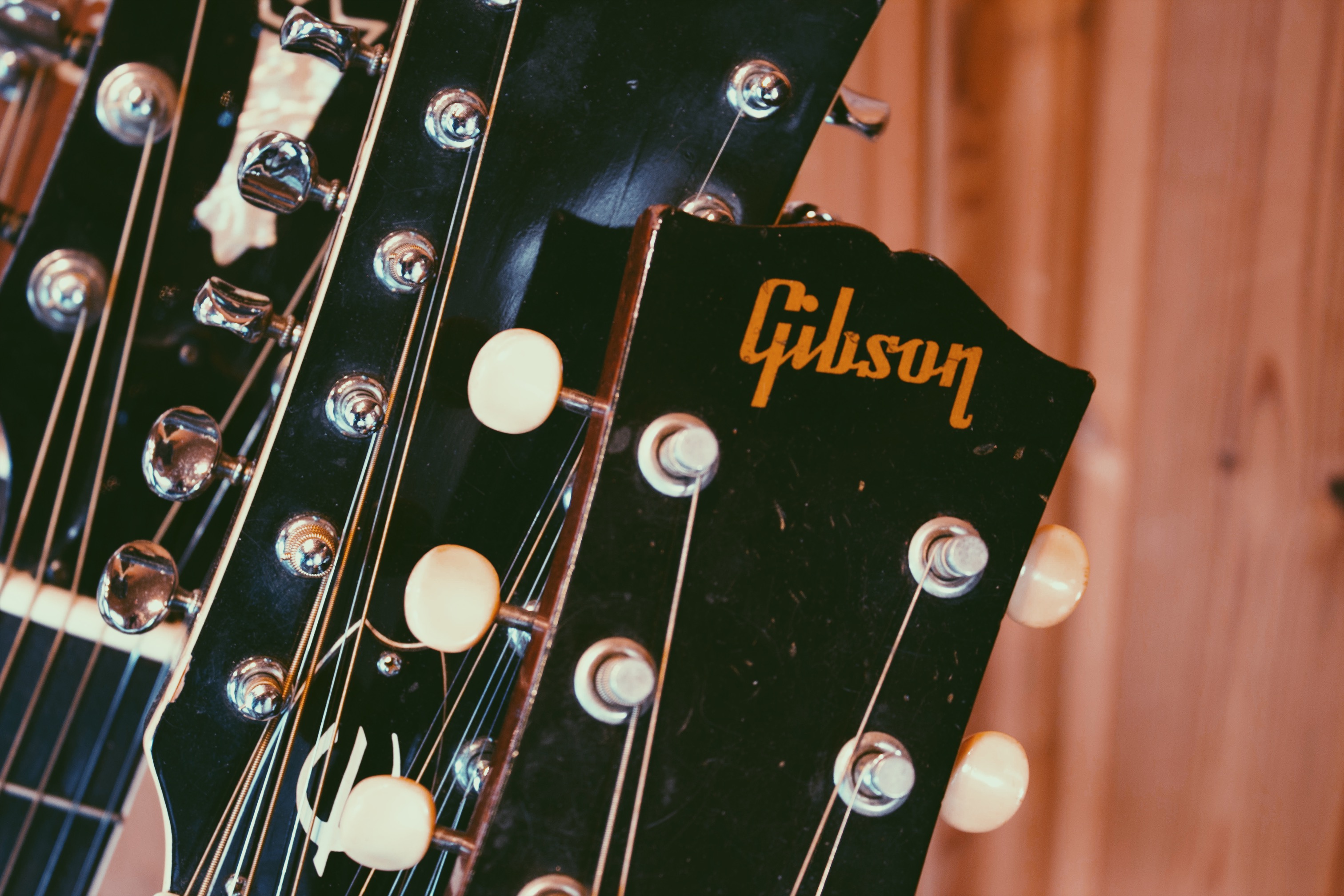
THE PROCESS
The recording process is unique to every artist – there is certainly no ‘one size fits all’ approach.
Some bands prefer to track their instruments as live as possible, all in the same space. Whilst this certainly has performance benefits, there will be issues to contend with – such as spill and the need to get the take as close to perfect as possible. This approach works well for bands that traditionally play with little or no amplification, such as classical, folk or jazz ensembles.
Multi-tracking is another option, where each instrument is recorded separately and in isolation. Whilst this can provide the option of getting each part of the recipe perfect, it can often lead to performances sounding slightly sterile. This is often a good approach for technical or overly produced musical styles such as metal and live EDM.
Our preferred approach, and the one that is generally most successful is to combine both of the above methods. The band will record all together, but instruments will be isolated as much as possible to allow room for overdubs and retakes on the individual performances. This approach allows time to be spend on catching the right performance, rather than worrying about everybody having to get it right first time.
However, whatever your chosen method, we will work with you to ensure your best possible performance is captured when we hit record. Sessions here have been described as easy going and unpressured. We aim to please.
Recording wise we won’t bore you with all the details of all the stuff we have for you to use, but if you are interested head over to our gear page and have a look. Likewise, if you are interested or have experience in the recording and technical side of the process feel free to share your ideas in a session – we’re always open to new concepts.
RECORDING TIPS
Most of these tips are aimed at first timers, but they are true for every recording session (but y’know grandmother, eggs, etc…)
- Make sure you are ready! Are all your lyrics written? Does your guitarist have his solos rehearsed? Are you sure about the arrangement? All these things need to be sorted before the recording session.
- New strings and new drum heads. It’s a good idea with guitars and basses to restring a few days before and ‘play them in’ so tuners slipping during the session isn’t an issue.
- The click or not to click? If you are a drummer, you should at some point in your practicing be using a metronome. Don’t use the excuse that you can’t ‘groove’ with a click. A good drummer will groove around the click. Pop, rock, metal and indie sessions should ideally be done with a static click or tempo map. We recommend rehearsing as a band to a metronome before the session too.
- Record yourselves. Stick a phone on record in the middle of the room in your next rehearsal session and listen back. Do you sound any good? If not, you’re probably not ready to record.
- Aim for quality not quantity. You’re not going to be able to record a 10 track album over the space of two days. You might think you can… But playing songs in a rehearsal doesn’t mean you’ll get it down in the same way when you come to record. We’d recommend 1-3 tracks per 8-hour day to fully utilise production time.
- Have fun! Don’t stress about a recording session. If you’re not enjoying it, why are you doing it? It should be an opportunity to capture the essence of what you do live to tape – not a brain rackingly nervous and high tension day. By all means take it seriously, but remember to enjoy it too.
